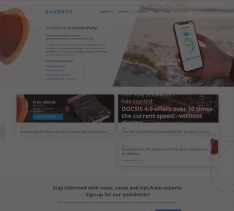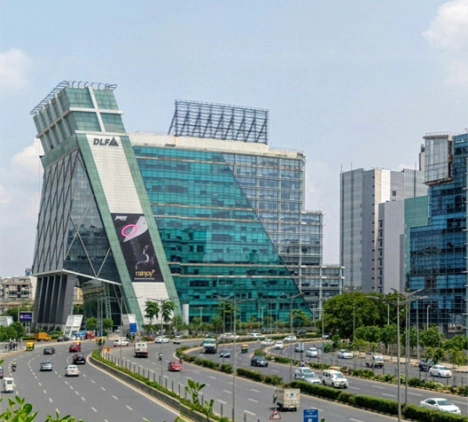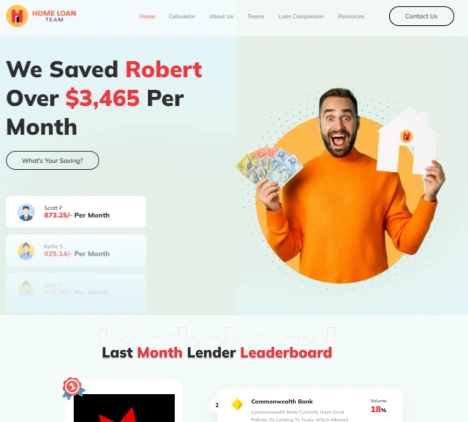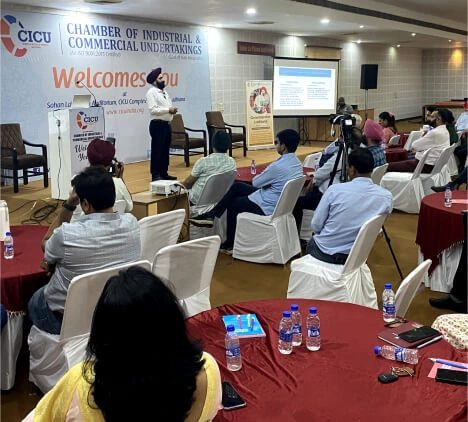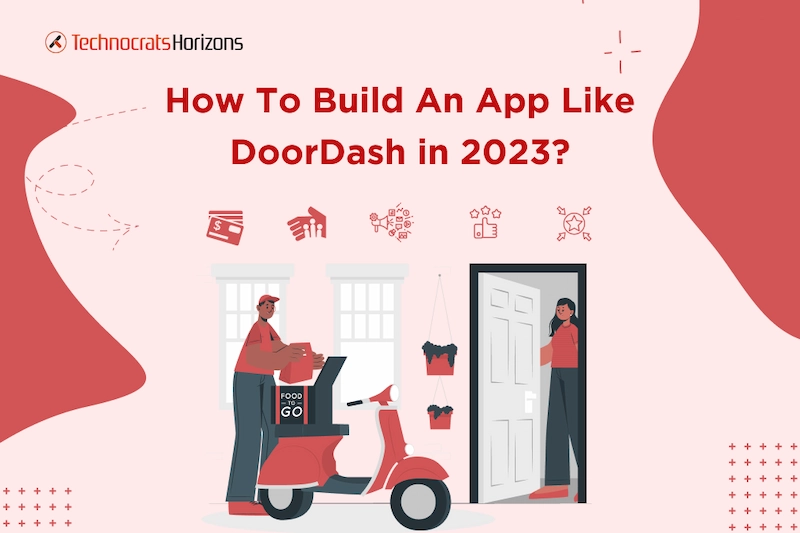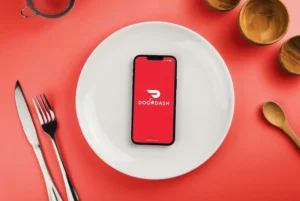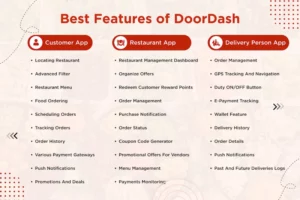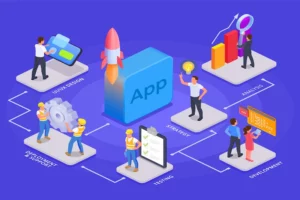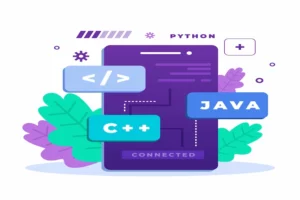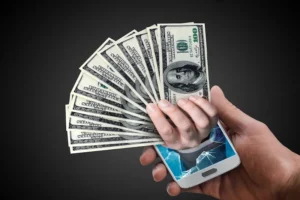Many individuals rely on their cell phones to deliver services to their doorstep swiftly and reliably. The demand for on-demand food delivery mobile apps, like DoorDash, has increased due to the expanding use of mobile devices.
Following the pandemic, many organizations, particularly those in the food industry, have struggled to adapt to the new norms. However, online food delivery apps have revolutionized and elevated this sector.
These days, there is a growing market for food delivery services, and by 2025, this sector will generate $200 billion in revenue. A Zion and Zion poll found that 41% of consumers use multi-restaurant delivery apps once a month.
You can do exceptionally well in the food delivery business following in the footsteps of DoorDash. This blog post is your A-Z guide to building apps like DoorDash.
What is DoorDash and its Features?
DoorDash is an app that allows you to have delicious meals from your favorite restaurants delivered right to your door. With DoorDash, you can easily place orders from the top nearby restaurants. Whether you’re in the mood for a quick snack or a complete meal, DoorDash has something for everybody. We ensure that your favorite meals are delivered to your door quickly.
DoorDash comes with many practical and user-friendly features. Here are a few standout features of DoorDash:
How to Build an App like DoorDash?
1. Understanding the Market
Before diving into the development process, comprehending the market dynamics is crucial. Conduct thorough research to identify your target audience, assess competitors, and determine the unique selling points of your app. Recognizing customer pain points and addressing them efficiently will set the stage for a successful venture.
2. Defining Core Features
A food delivery app like DoorDash thrives on seamless user experience and functionality. Engaging features that set your app apart from competitors include:
a) User-friendly Interface: A clean, intuitive interface that allows users to navigate effortlessly, browse restaurants, and place orders swiftly.
b) Real-time Tracking: Incorporate live order tracking to keep customers updated on their delivery status, increasing transparency and trust.
c) Multiple Payment Options: Offer diverse payment gateways to cater to various user preferences, ensuring seamless transactions.
d) Reviews and Ratings: Enable customers to provide feedback and ratings, as this fosters a sense of community and helps improve service quality.
e) Personalized Recommendations: Implement intelligent algorithms to suggest restaurants and dishes based on user preferences and past orders.
3. Partnering With Restaurants
Collaborating with local restaurants is a fundamental aspect of your food delivery app’s success. Cultivate strong relationships with restaurants to ensure a broad and diverse selection of cuisines for your customers. Additionally, negotiate terms and commissions in a manner that benefits all parties involved.
4. Building a Robust Backend
A sturdy backend is the backbone of any successful food delivery app. The backend should handle order processing, payment gateways, order history, user data, and more. Emphasize security to safeguard sensitive information, as trust is paramount when dealing with customer data.
5. Seamless App Development
Choose a suitable development platform and programming language to build your app. To speed up the development process, consider utilizing cross-platform frameworks like React Native or Flutter, which ensure consistency across multiple devices and operating systems.
6. Rigorous Testing
Prioritize rigorous testing to eliminate bugs and optimize performance. Conduct user acceptance testing to gain valuable insights and feedback for further improvements.
7. Launching and Marketing
As you approach the launch phase, plan a marketing strategy to create buzz and attract early adopters. Social media, influencer collaborations, and targeted advertising are powerful tools to gain traction. Offering initial discounts or incentives can entice users to give your app a try.
8. Post-Launch Support and Enhancements
Once your app is live, consistent support is essential. Address user feedback promptly and proactively update the app to add new features and enhancements. Regularly analyze user data to identify patterns and make data-driven decisions.
Got An App Idea? We're To Help!!
What Technology Stack Do You Need For An App Like DoorDash?
-
-
Front-end Technology
-
The front end of a DoorDash-like application is crucial for user interaction and a positive user experience. JavaScript is the preferred programming language for this component, offering flexibility and wide usage in web applications. Additionally, Angular or React Native are viable front-end development options depending on the app’s specific requirements and goals.
-
-
Back-end Technology
-
The back end of a DoorDash-like service is responsible for data management and web interface powering. It must be reliable and secure, especially since it handles private user data, including payment information. Programmers often choose server-side languages like Node.js, Python, or Java. Alternatively, a NoSQL database like MongoDB is popular for storing data in a structured manner.
-
-
Integrations
-
Consider the integration of other systems and services while building a DoorDash-like app. This includes analytics platforms, geolocation tools, and payment gateways. Utilizing services like Stripe or Braintree for payments ensures secure transactions, while Google Maps and Twilio aid in geolocation and SMS notifications, respectively.
-
-
Frameworks
-
Select appropriate frameworks for constructing your DoorDash-like app after finalizing the technological stack. Choose server-side frameworks like Express.js, browser frameworks like React or Angular, and other technologies like Firebase based on the specific requirements and goals of the app, as each framework has its advantages and disadvantages.
How Does an App Like DoorDash Make Money?
DoorDash operates on a straightforward business model, with three key factors contributing to its billion-dollar success:
-
-
Commission from Restaurants
-
DoorDash charges restaurants a commission percentage after every successful order, typically around 20% of the total order amount.
-
-
Solid Advertising
-
Advertising not only boosts DoorDash’s revenue but also provides local businesses with an opportunity to reach a wider audience. DoorDash takes advantage of its high traffic volume by offering eateries the option to advertise on the app. It includes pop-ups for advanced searches and promotions in top search results.
-
-
Delivery Fees
-
Users are required to pay delivery fees to DoorDash, usually ranging from $5 to $8 per order. The cost also varies depending on the delivery location. It is a more direct way of revenue generation for DoorDash.
-
-
Cloud Kitchen
-
DoorDash also generates income through its venture into “ghost kitchens” or “cloud kitchens.” By establishing its kitchens or partnering with restaurants to create exclusive virtual brands, DoorDash expands its market presence in the food delivery industry and earns a portion of the revenue generated from these ventures.
How Much Does It Cost to Create an App like DoorDash?
The cost of developing an app similar to DoorDash depends on various factors, such as the desired features, the target platform, and the country where you outsource the development. Typically, creating an app like DoorDash may cost between $25,000 and $50,000.
Want To Know App Cost? Try App Cost Calculator Now!!
How Long Does It Take to Create an App Like DoorDash?
The time required to develop an app similar to DoorDash is influenced by many factors like the chosen features, the platform, and the development outsourcing location. But a good app development company can build this app within 3-6 months.
Why Choose Technocrats Horizons To Build An App Like DoorDash
At Technocrats, we are dedicated to supporting businesses and their owners in realizing their app aspirations. We work closely with you throughout every stage of product design, development, and testing to ensure your vision is accurately represented, and you are satisfied with the final product.
We are also one of the leading outsourcing development companies, so you can reduce the expenses of hiring employees and technology by partnering up with us for your app development needs. A committed project manager will keep you informed of the team’s progress, potential risks, and suggestions as they work on your application. Contact us today to bring your product idea to life.
Want An App Like DoorDash? We Can Help!!
Get App Solutions That Immediately Stand Out!
Talk to our experts to understand how our app solutions can boost your productivity.


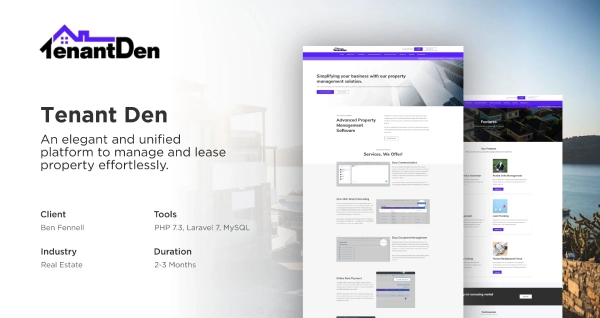
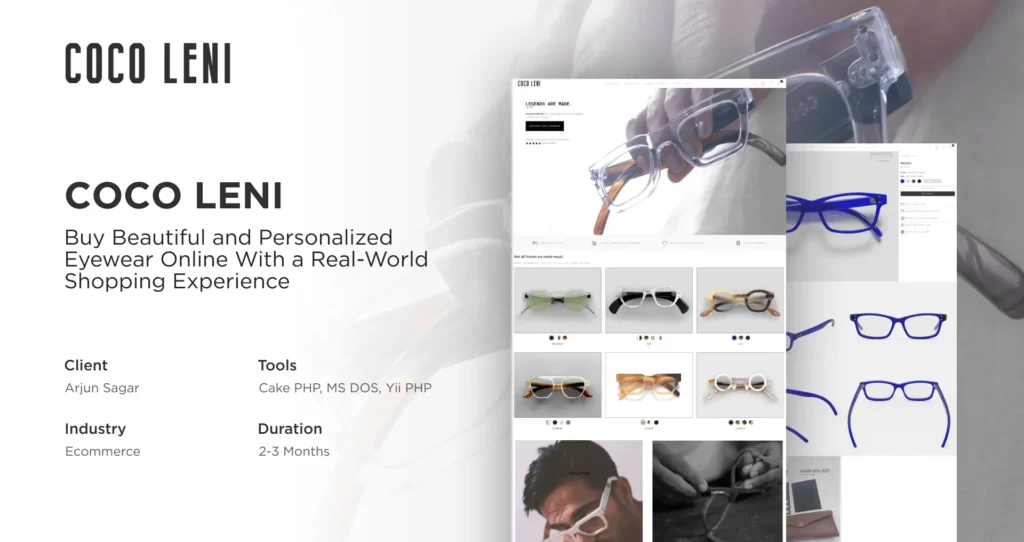
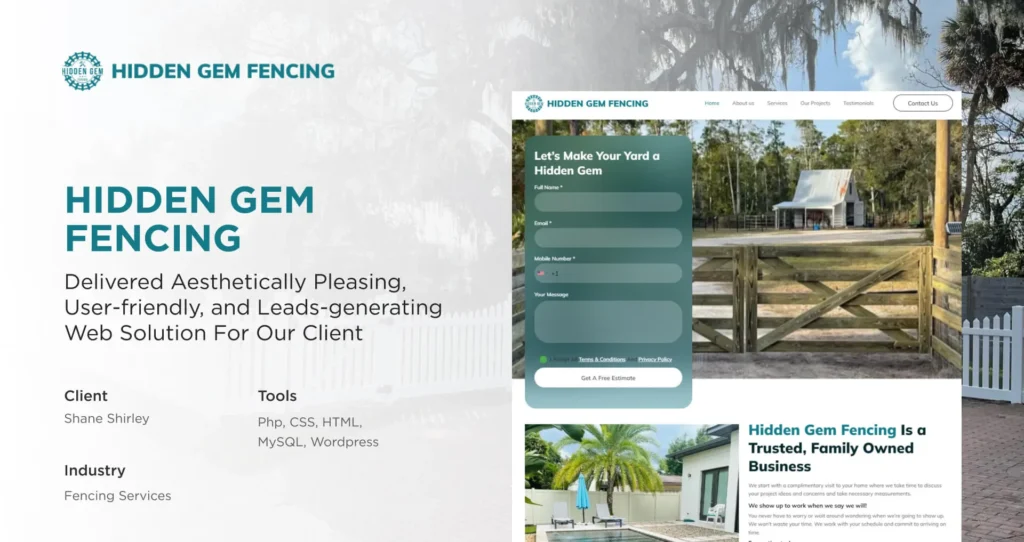





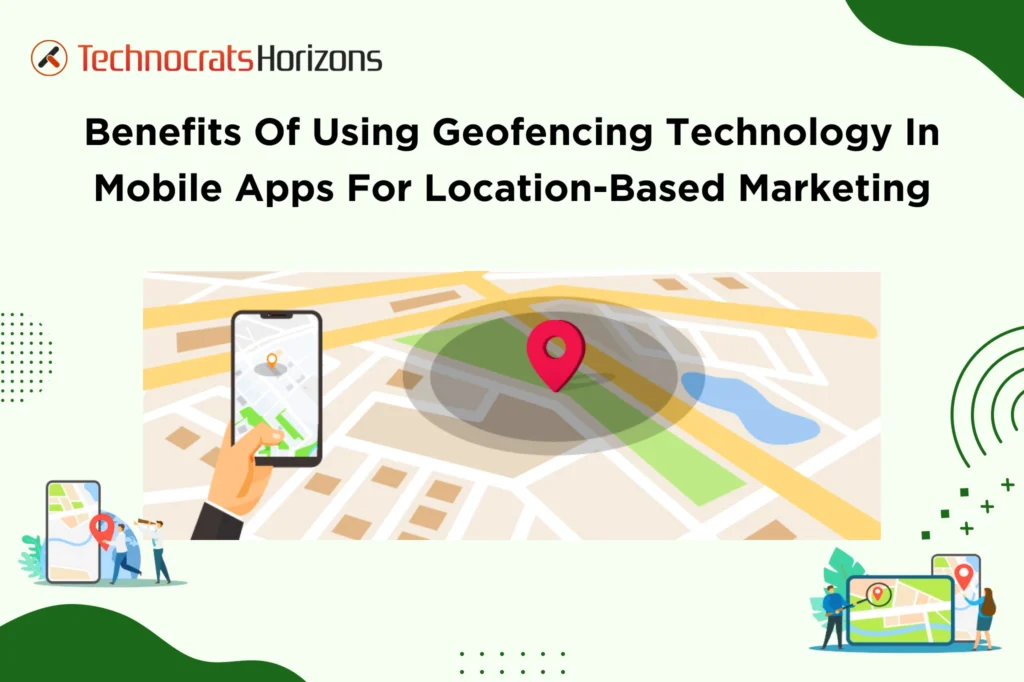
 Request a
Request a













